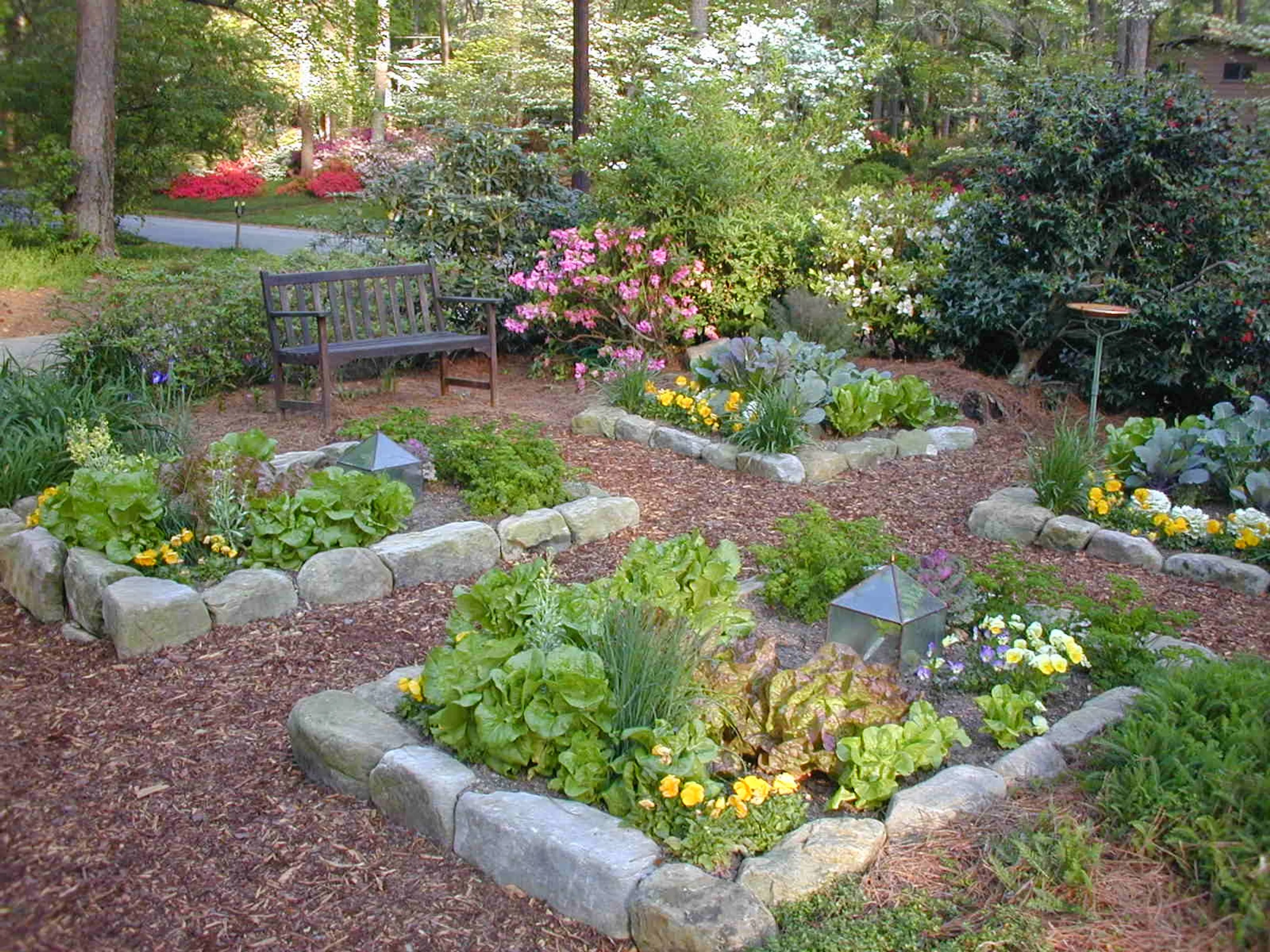dwellers. In an age when cities are expanding and green spaces are shrinking, urban gardening offers a unique solution. It's a way to connect with nature, promote sustainability, and foster a sense of community right at your doorstep.
The Urban Gardening Revolution
Over the past few decades, urbanization has been on the rise, and the concrete jungle has expanded rapidly. This urban sprawl has led to a disconnect between people and nature. However, urban gardening has emerged as a grassroots revolution that is changing the way we think about cities and nature.
The Benefits of Urban Gardening
Urban gardening offers a multitude of benefits. First and foremost, it provides access to fresh, locally grown produce. In an era when food miles and carbon footprints are becoming increasingly important, growing your own vegetables and herbs can significantly reduce your environmental impact.
Connecting with Nature
One of the primary motivations for urban gardening is the desire to connect with nature. Many city dwellers long for green spaces and the tranquility that nature brings. Urban gardening allows them to create their own oasis of green, a place to escape from the hustle and bustle of city life.
Sustainability at Its Core
Sustainability is at the heart of urban gardening. By growing your own food, you reduce the need for transportation and packaging, lowering your carbon footprint. Additionally, urban gardens can serve as mini ecosystems, providing habitat for pollinators and other wildlife, further promoting biodiversity.
Community Building Through Gardens
Urban gardening isn't just about plants; it's also about people. Community gardens are common in urban areas, where people from diverse backgrounds come together to tend to the shared space. These gardens foster a sense of community, create opportunities for social interaction, and promote a spirit of cooperation.
Types of Urban Gardens
Urban gardens come in various forms, from small balcony gardens and rooftop gardens to community gardens and guerrilla gardening. Balcony gardens are perfect for apartment dwellers, while rooftop gardens make the most of available space. Community gardens, on the other hand, involve shared plots of land, and guerrilla gardening often involves planting in neglected public spaces.
Getting Started with Urban Gardening
Starting your own urban garden is an exciting endeavor. To begin, you'll need to assess your available space, whether it's a small balcony, rooftop, or community garden plot. Next, consider the types of plants you want to grow, taking into account your local climate and available sunlight.
Essential Gardening Techniques
Regardless of the size of your urban garden, you'll need to learn essential gardening techniques such as soil preparation, planting, watering, and pest management. Many resources are available, from books and online tutorials to local gardening clubs and workshops.
The Joy of Harvesting
One of the most rewarding aspects of urban gardening is the joy of harvesting your own produce. There's a sense of accomplishment in plucking a ripe tomato or snipping fresh herbs to enhance your meals. The flavors of homegrown produce are often richer and more vibrant than store-bought counterparts.
Conclusion: Bringing Nature to Your Doorstep
Urban gardening is more than just a hobby; it's a movement that empowers individuals and communities to reconnect with nature and promote sustainability. By bringing nature to your doorstep, you can enjoy the myriad benefits of urban gardening while contributing to a greener, more vibrant urban landscape. Whether you're growing a few herbs on your balcony or tending to a community garden plot, urban gardening offers a tangible way to make a positive impact on your environment and your life. So, roll up your sleeves, get your hands in the soil, and start your urban gardening journey today.
